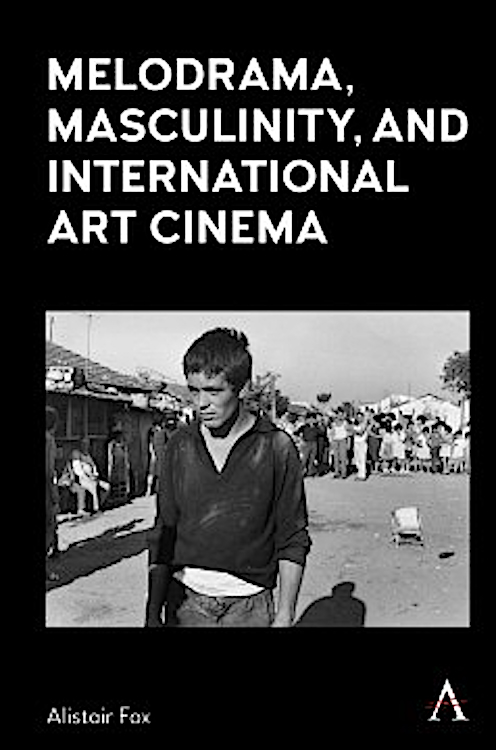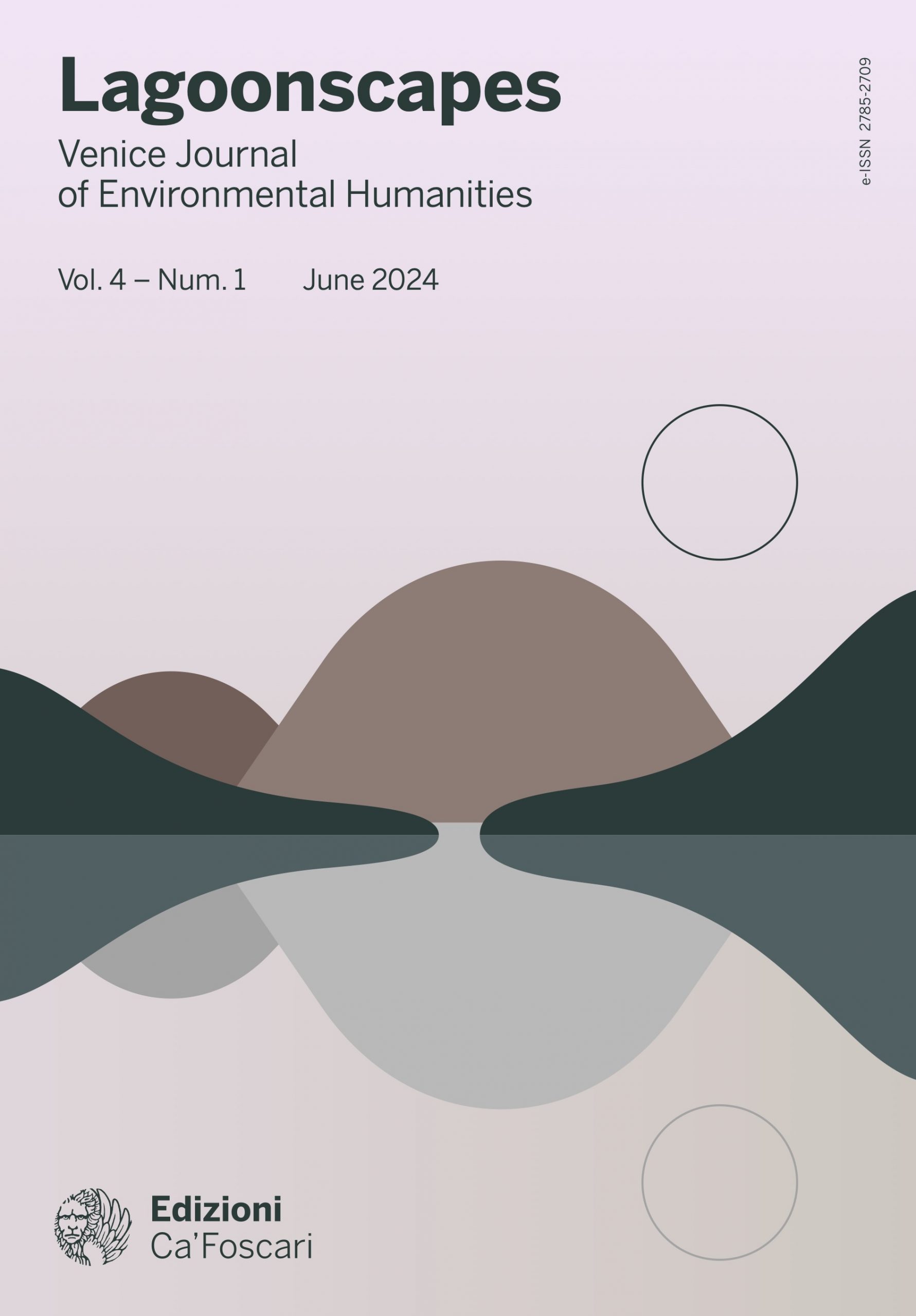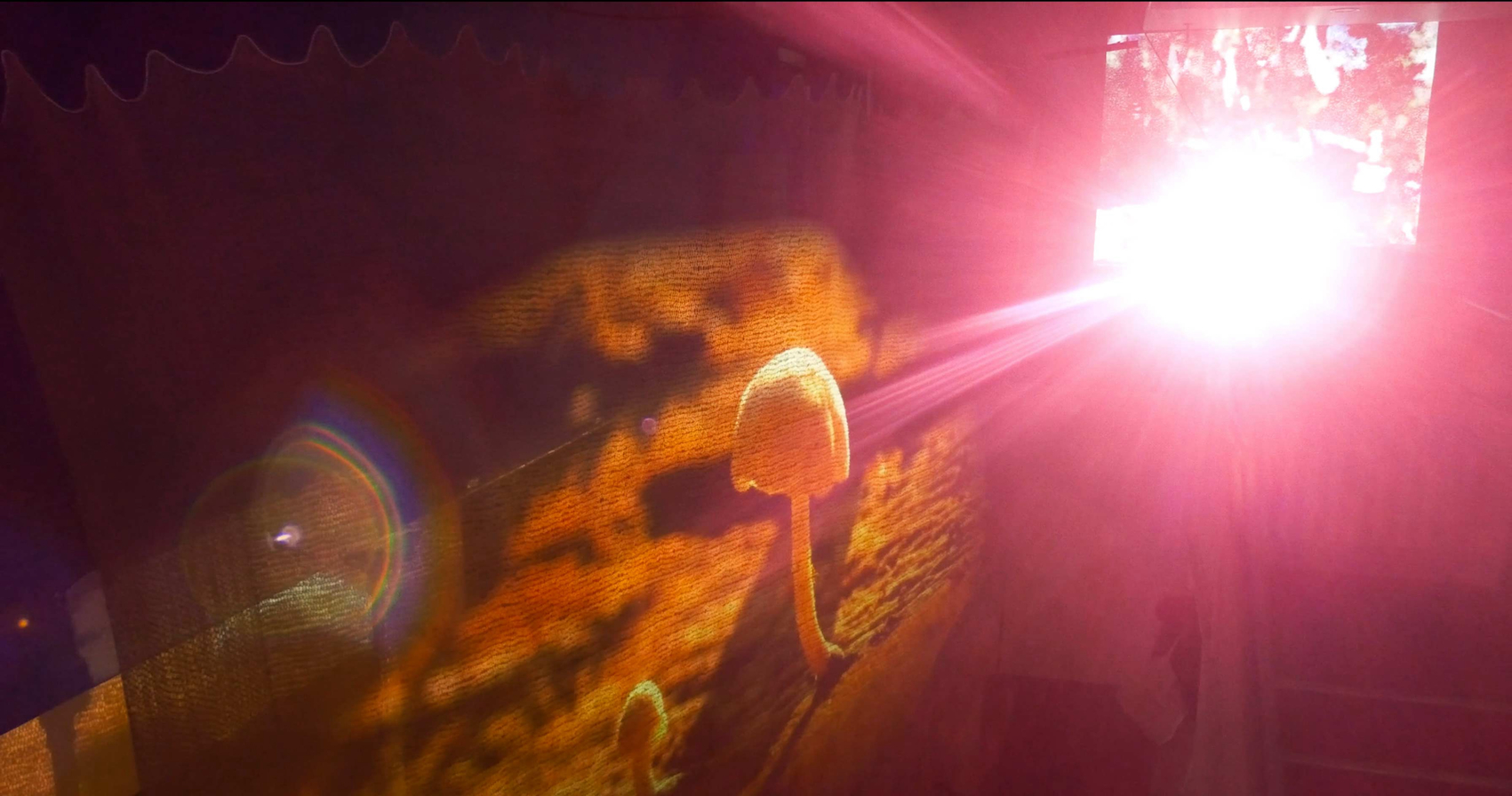No. NS38 (2024): Journal of New Zealand Studies
No. NS38 (2024): Journal of New Zealand Studies
Art and Aotearoa New Zealand: Cultures, Controversies and Histories
Editors: Edward Hanfling, Hilary Radner, Mark Stocker
https://ojs.victoria.ac.nz/jnzs/issue/view/1015 (permanent link)
Seminar: Visual Studies Research Network 11 September 2024
“Singular-Plural”
David Green, moving image installation, 343 George Street, Dunedin, August 2024
David Green
Disarticulated Cinema and
the Human Predicament
Wednesday 11 September 2024
5:00 for 5:30–7:00
In this talk, I will discuss my practice-led PhD project, which I describe as “disarticulated cinema.” This approach involves a reciprocal system of writing and making, initiated by the fragmentation and redistribution of moving images in space. I will begin by showcasing documentation of my recent installation, “Singular-Plural,” which embodies the practice-oriented aspects of my research methodology. Following this, I will introduce the concept of the “ontological organon”—man-made objects of art, science, and innovation that fundamentally alter one’s internal position in the world.
David Green is a video installation artist based in Ōtepoti and a lecturer at the Dunedin School of Art. His practice explores the phenomenology and neurology of perception through collaborative engagements between artwork and viewer. David creates work for both white cube galleries and site-specific architectural spaces. He is currently a PhD candidate in Languages and Cultures, the School of Arts, at the University of Otago.
Room F209 Puna Kawa, F Block
Otago Polytechnic, Forth Street
Dunedin
New book by Alistair Fox now in paperback

NOW IN PAPERBACK
List of Figures; Preface; Acknowledgments; Introduction;
1. Italian Neorealism and the Emergence of the Male Melodrama: Vittorio De Sica’s Bicycle Thieves (1948) and Umberto D. (1952)
2. The Migration of Male Melodrama into Non-Western Cultures: Satyajit Ray’s The Apu Trilogy (1955–59) and “Fourth Cinema”
3. Hollywood Melodrama as a Vehicle for Self-Projection: Vincente Minnelli’s Tea and Sympathy (1956) and Home from the Hill (1960)
4. The Political Turns Personal: Neo-Neorealism and Pier Paolo Pasolini’s Accattone (1961)
5. Personal Cinema as Psychodrama: Ingmar Bergman’s Wild Strawberries (1957), Winter Light (1963) and Hour of the Wolf (1968)
6. François Truffaut and the Tyranny of Romantic Obsession: The Soft Skin (1964), Mississippi Mermaid (1969) and The Woman Next Door (1981)
7. Figuring an Authorial Fantasmatic: Jacques Demy’s The Umbrellas of Cherbourg (1964), A Room In Town (1982) and Parking (1985)
8. Rainer Werner Fassbinder and the Emergence of Queer Cinema: The Merchant of Four Seasons (1972), Fox and His Friends (1975) and In a Year with 13 Moons (1978)
9. Visual Aestheticism and the Queer Prestige Melodrama: Call Me by Your Name (2017) and Luca Guadagnino’s Desire Trilogy; Conclusion
List of Films Cited; Select Bibliography; Index.
New article by Leoni Schmidt on the art of Michele Beevors

See Leoni Schmidt, “Anatomy Lessons: Michele Beevors as Eco-Political Agent,” Lagoonscapes 4, no. 1: 181–199.
Abstract: This article responds to the large scale sculptural work by eco-political artist
Michele Beevors, whose work has recently been extensively exhibited in New Zealand,
Australia, and Austria. She brings her audience close to the tragedies of eco-extinction
and the brutalities of human interaction with our vulnerable animal co-species. The
article considers her work through four frames: 1. Violence: Dissection and Restitution;
2. Death: Specimen and Requiem; 3. Grief: Solastalgia and Entanglement; and 4. Labour:
Materiality and Companionship. Through these four frames, the artist’s exploration of
human relationships with non-human forms of life is highlighted as based in decolonial,
feminist and activist values. The text includes memories and reflections from the au-
thor’s life where relevant to the themes presented by the artist.
Keywords: sculpture, eco-political, animal ethics, extinction, solastalgia, care
Seminar: Cultures, Histories, Identities in Visual Studies Research Network 15 May 2024
Leoni Schmidt
Power, Menace, and Care
Animal and Human Intersections in the Work of Three Contemporary Artists
Jane Alexander, Roger Ballen, and Michele Beevors
This seminar focuses on the recent work of artists Jane Alexander, Roger Ballen, and Michele Beevors. Animals feature large in their exhibitions to address the fraught relationships with humans. Their works unmask the abuse of power, suggest hidden menace, and signal the urgency of care.

Michele Beevors in her studio (photograph: Adrian Hall)
Leoni Schmidt is an art historian and theorist, writer, reviewer, and postgraduate assessor. She was the Head: Dunedin School of Art (2009-2017), Director: Research & Postgraduate Studies (2017-2022) at Otago Polytechnic and the DCE: Academic at the Otago Polytechnic International Campus in Auckland (2019-2022). A full professor since 2006, she is currently professor emerita at Otago Polytechnic/Te Pūkenga. Her research focuses on contemporary visual arts practice with an emphasis on political agency.
5 for 5:30, Room F209 Puna Kawa, F Block, Otago Polytechnic, Forth Street, Dunedin
If you wish to participate online, please email
Seminar: Cultures, Histories, Identities in Visual Studies Research Network 20 March 2024
Ed Hanfling
Otago Harbour, 1978, an “intimate map”
by Joanna Margaret Paul
R00m F209 Puna Kawa, F Block
Otago Polytechnic, Forth Street
Dunedin
Wednesday 20 March 5:30 pm
Joanna Margaret Paul, Otago Harbour, 1978.
Synthetic polymer paint and collage on paper, 535 x 740 mm.
Hocken Collections Uare Taoka o Hākena, University of Otago, acc. no. 78/205.
Otago Harbour is a picture in the Hocken Collections made by Joanna Margaret Paul in 1978. It is, in large part, a lively acrylic-painted and pencil-drawn view, or views, of Dunedin from the top of Southern Cemetery, Mornington, with collage additions – notably, a cropped reproduction of Johannes Vermeer’s Milkmaid (c1660), a scrap of still life drawing and a carefully sliced aerial photograph of the part of Dunedin represented in the painted view. In combining different modes of representation, Otago Harbour has much in common with a series of works Paul called “Intimate Maps.” Paul draws attention to the subjective or contingent act of representing place, rather than place as an objective fact, and exhibits a curiously contemporary sense of intimacy with, or embeddedness in, her environment. This seminar presents a detailed analysis of a complex picture, considering its significance in the context of other bodies of work by Paul (including her photographs and films) and New Zealand art history.
Ed Hanfling holds the position of Lecturer in Art History and Theory at Dunedin School of Art. He writes regularly as a critic for Art New Zealand, and has published journal articles and books on such topics and artists as modernism in New Zealand art, values and judgements, Morris Louis, Milan Mrkusich and Ian Scott. His recent publications include 250 Years of New Zealand Painting (Bateman 2021) as co-author, and as co-editor, a special issue of the Journal of New Zealand Studies, “Art and Aotearoa New Zealand: Cultures, Controversies and Histories,” forthcoming December 2024. He currently serves as co-editor of Junctures: The Journal for Thematic Dialogue.







